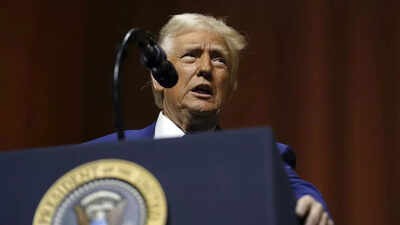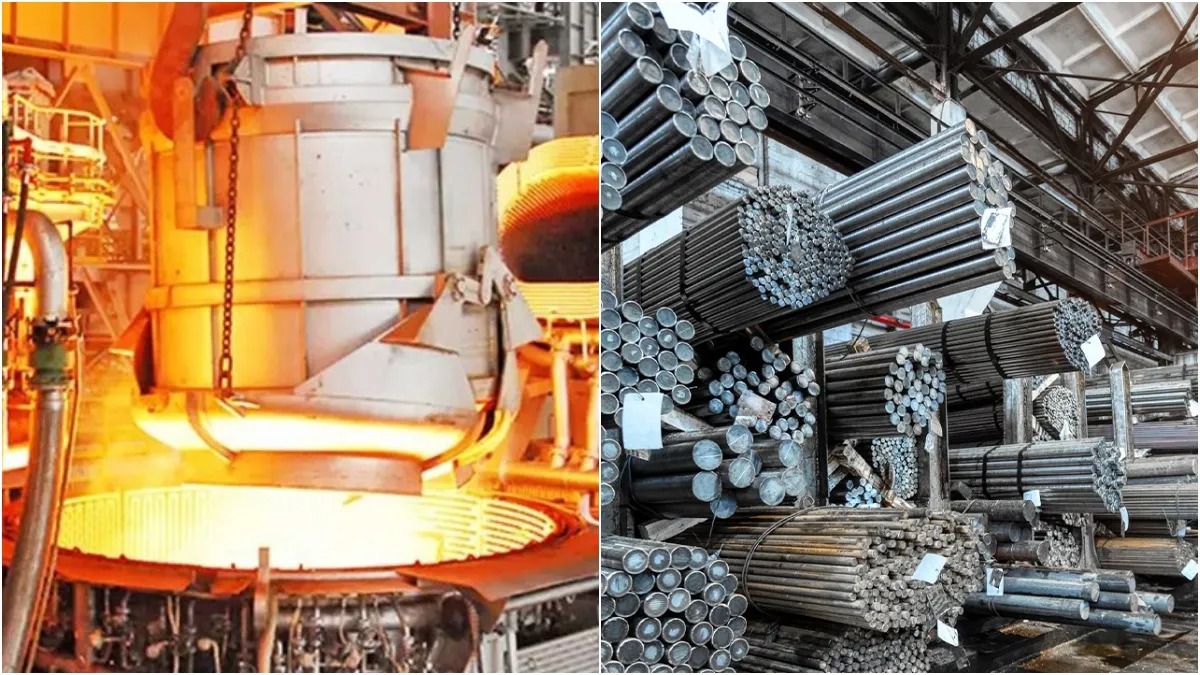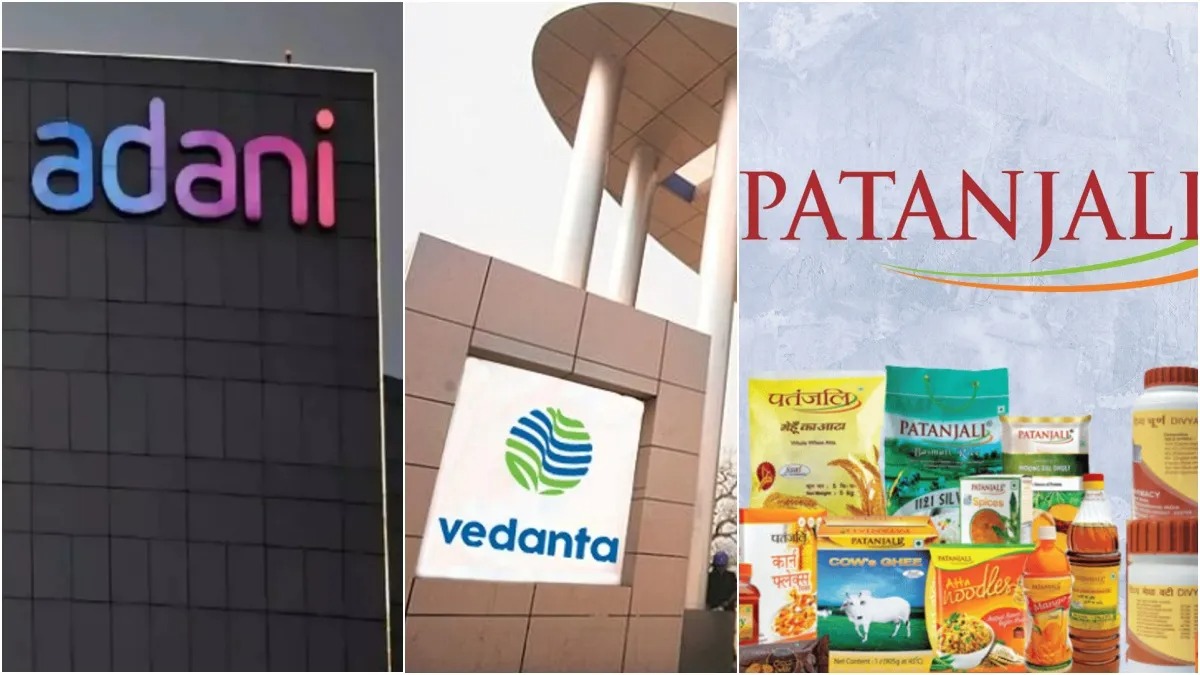
Former US President Donald Trump has always been in the spotlight for his bold decisions. Recently, he has made headlines again—this time for his controversial immigration policies. While his administration has been deporting undocumented immigrants, including those from India, he has now introduced a new visa scheme aimed at attracting the world's wealthiest individuals to settle in the United States.
Trump has unveiled the ‘Gold Card’ visa, which replaces the 35-year-old EB-5 investor visa program. Under this new initiative, those willing to invest $5 million in the US can fast-track their way to American citizenship. This move has sparked discussions, particularly among Indian applicants stuck in long green card backlogs.
How Is the 'Gold Card' Visa Different from the EB-5 Program?
The EB-5 visa, introduced by Congress in 1990, requires foreign investors to put in around $800,000 to $1.05 million in a business that generates at least 10 jobs for Americans. In contrast, Trump’s Gold Card visa requires a much higher investment—$5 million—but comes with no job creation requirement.
According to Commerce Secretary Howard Lutnick, the new visa program will fully replace EB-5 within two weeks. Unlike EB-5, which has a limited number of visas, Trump’s ‘Gold Card’ is expected to have no cap, with reports suggesting that up to 10 million of these visas could be issued.
A Quick Comparison: EB-5 vs. Trump's 'Gold Card' Visa
| Visa Type | Investment Required | Job Creation Required | Time to Citizenship | Backlog for Indians |
|---|---|---|---|---|
| EB-5 Visa | $800,000 – $1.05M | 10 US jobs | 5-7 years | High backlog (7-10+ years) |
| Trump’s Gold Card | $5 million | None | Immediate | No backlog |
Impact on Indian Applicants
For India's wealthiest individuals, this new visa could be a game-changer. It provides a much quicker and easier route to US residency compared to the H-1B to Green Card process or the EB-5 visa, both of which have long waiting times—especially for Indian applicants.
However, the steep $5 million (approx. ₹45 crore) investment requirement means that only India’s super-rich can afford this shortcut to American citizenship. While this might ease the path for wealthy business owners and investors, it leaves the vast majority of Indian professionals and middle-class aspirants stuck in the old, long-wait immigration system.
Trump’s Gold Card visa is yet another example of how US immigration policies are shifting towards favoring high-net-worth individuals. Whether it will benefit Indian immigrants as a whole or only a select few remains to be seen.

 Share
Share






